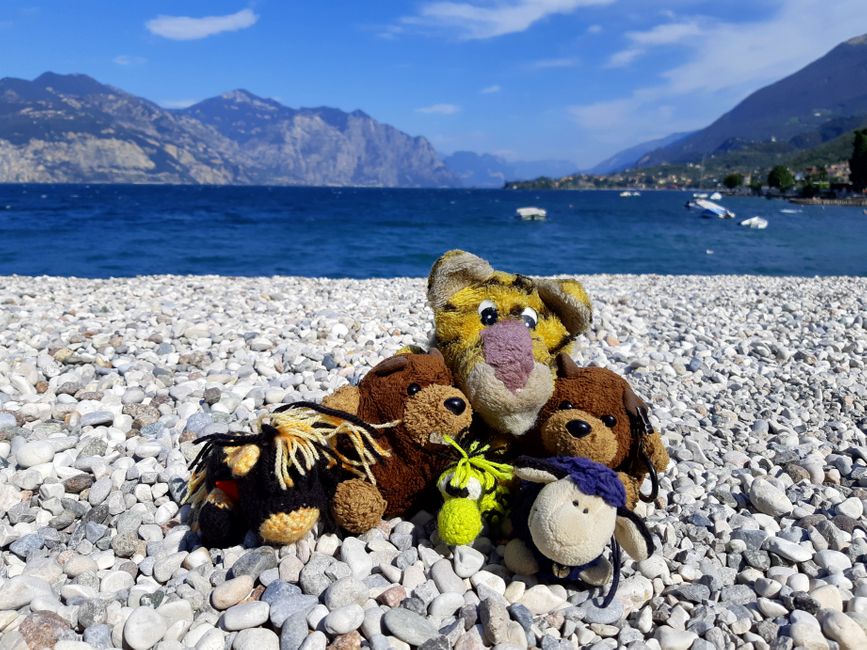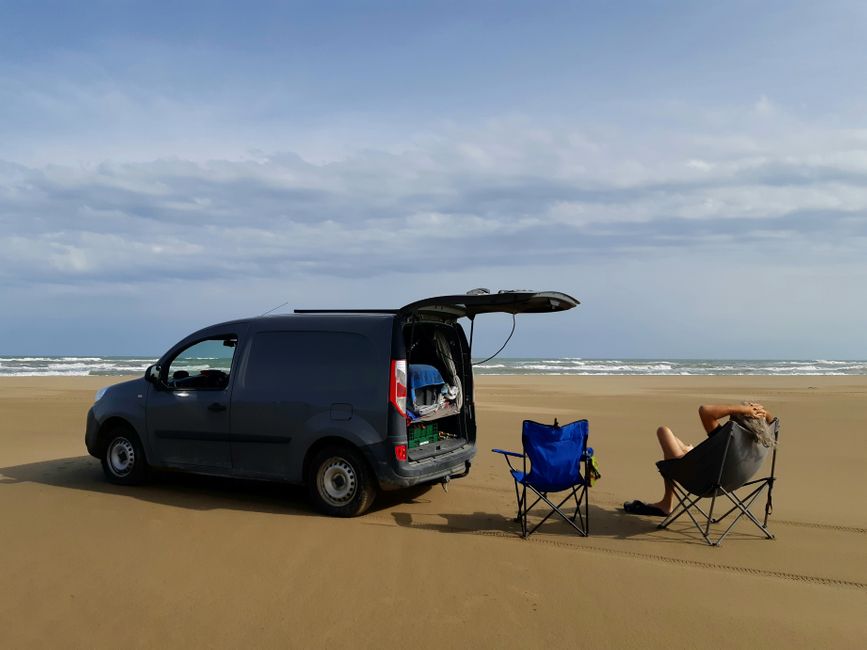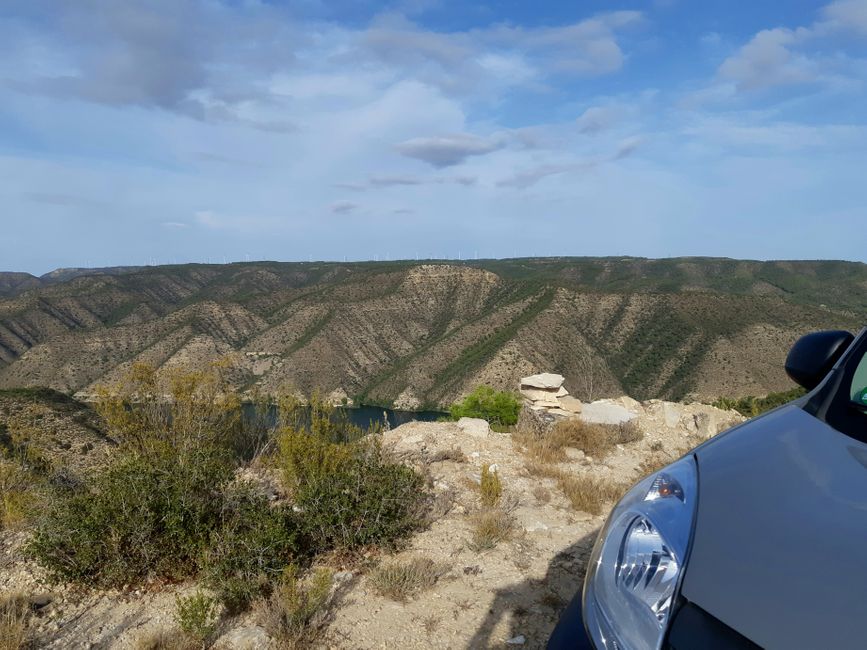A day at the beach...
प्रकाशित: 22.12.2020
समाचार पत्रिका के लिए सदस्यता लें
We follow the Ebro river until it reaches the Mediterranean Sea. Here, it forms the second largest delta in Europe and the largest rice-growing area in Spain.


As far as the eye can see, rice fields stretch across a vast plain. Mid-September is harvest time, and the giant chain-driven combine harvesters leave deep furrows in the black, muddy mud. Immediately, hundreds of seagulls swoop down and snatch the red crayfish that populate the Ebro in large numbers and don't actually belong here. They now even live in the irrigation channels of the rice fields and are easy prey for birds. Similar to the crow that drops the walnut in flight to crack it, the seagulls drop crayfish onto the roads around the harvested fields, causing a shower of red from the sky—and they are naturally outraged when cars disturb their feast.
At the end of the rice fields lies a peninsula connected to the mainland by a narrow strip of beach. For six kilometers in length and 150 meters in width, you can drive almost to the waves in a car and listen to the sound of the sea.
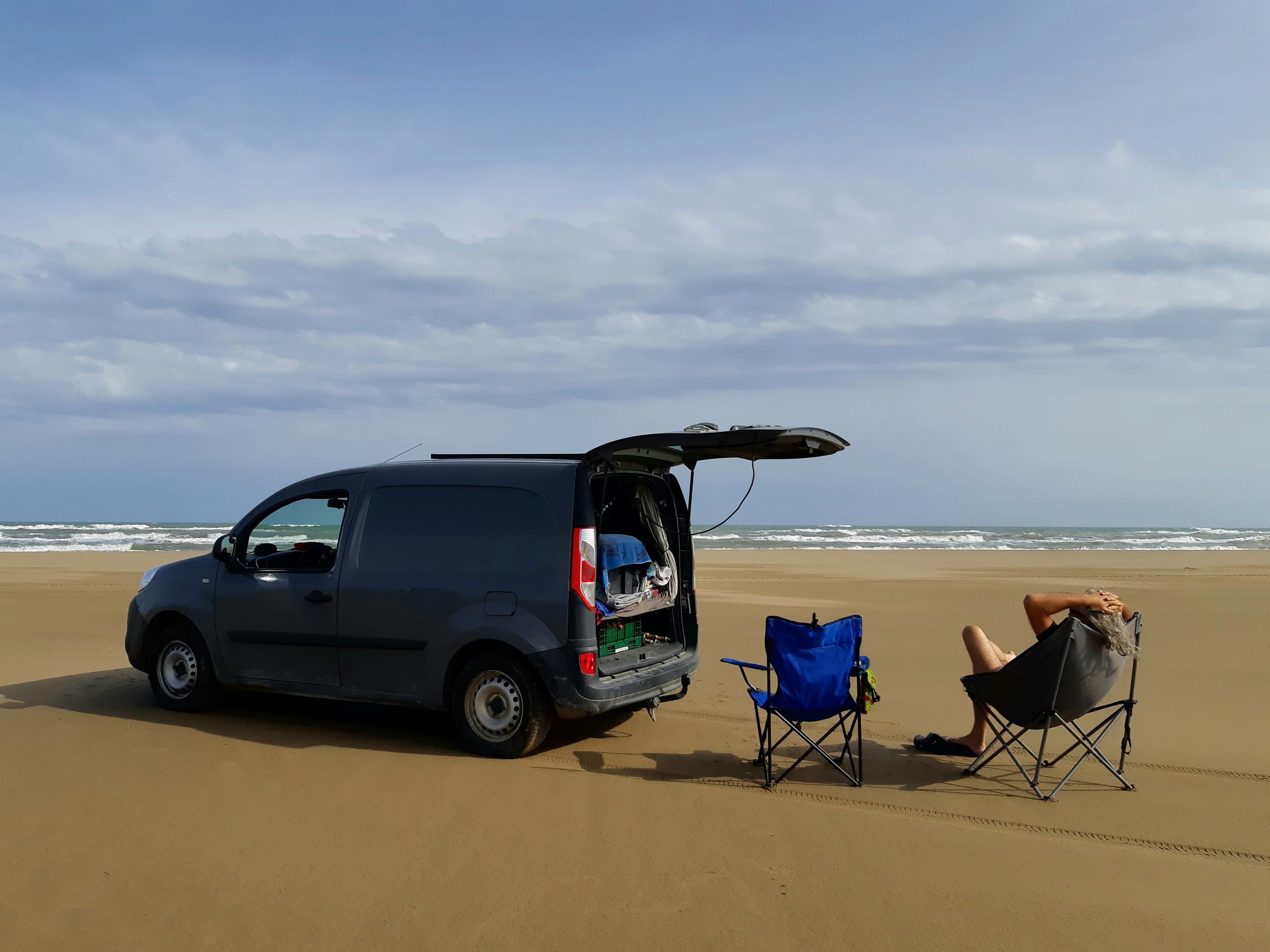
The track is well-packed, so I don't have to worry about getting stuck. But apparently, the beach flooded during the night due to a storm and a full moon, and we have already experienced how easy it is to lose your bearings on such a route in the dark. Thunderstorms are also forecasted for tonight, so we drive a few kilometers towards the mainland to sleep.
On Monday morning, when a rumbling wakes us up from our sleep, it becomes clear why the track is so firm: at the end of the peninsula, there is a salt mine, and the salt must be transported by truck along this beach. There is no other option.
So we drive again until we are only five meters from the water's edge, with only the sound of the waves and the sight of the waves before us.

समाचार पत्रिका के लिए सदस्यता लें
उत्तर (1)
Kasi
😎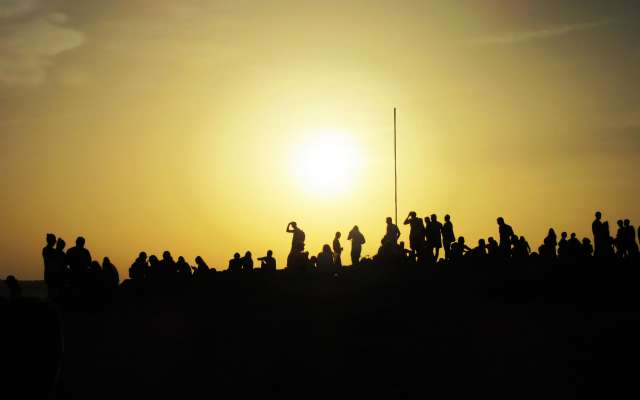
यात्रा रिपोर्ट स्पेन

